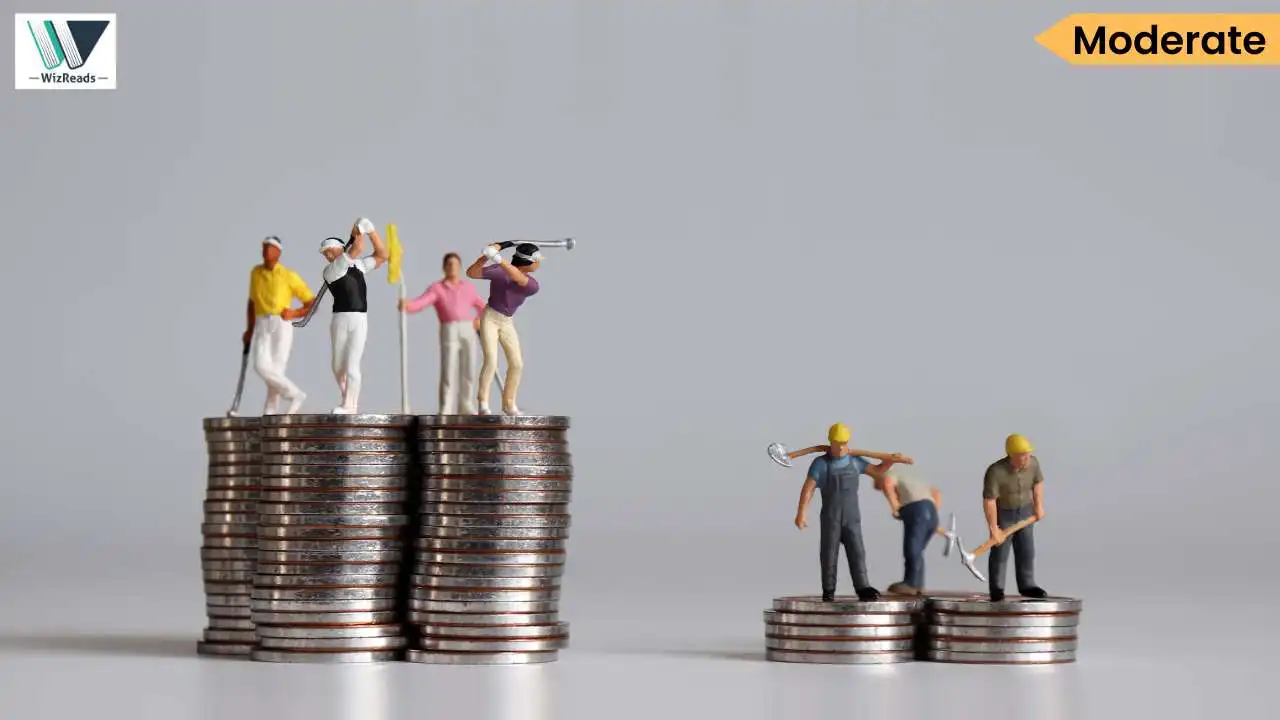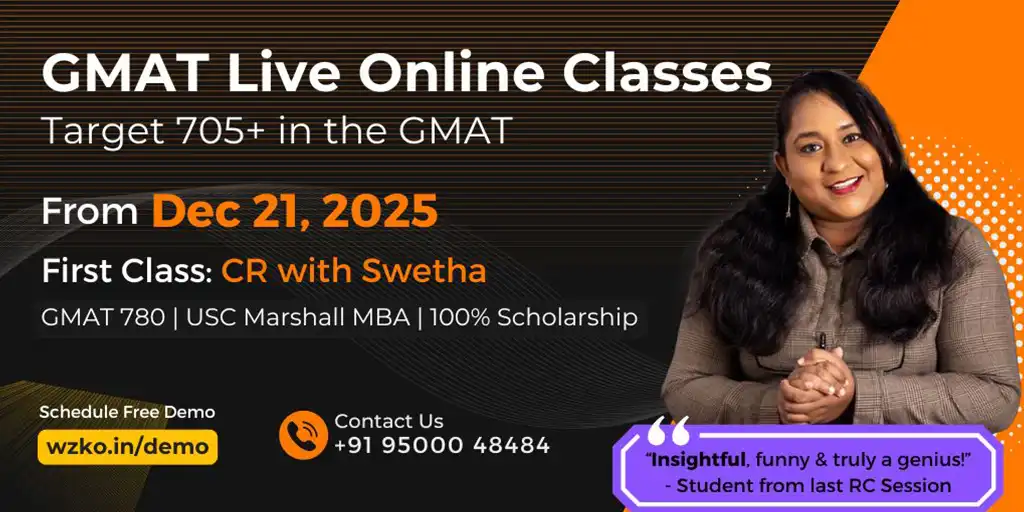
Newsletter Subscribe
Enter your email address below and subscribe to our newsletter

Enter your email address below and subscribe to our newsletter

Do tax cuts for the wealthy really create jobs for everyone else, or is this just economic wishful thinking? When policymakers promise that benefits will “trickle down” to working families, how often does this actually happen? These moderate difficulty RC passages explore the gap between trickle-down theory’s elegant promises and its messy real-world outcomes, challenging readers to distinguish between theoretical economic models and empirical evidence.
Read these easy RC passage(s) in Business, Economy, and Governance and answer the question(s) that follows. You can choose the GMAT style Reading Passage and the question or the GRE RC variant and answer the GRE-style question. Even better, you could solve both.
Trickle-down economic theory posits that financial benefits directed toward wealthy individuals and corporations ultimately cascade throughout the broader economy, generating widespread prosperity. This framework assumes that affluent business owners, investors, and savers function as primary economic growth catalysts who redistribute capital through business expansion, increased hiring, and enhanced investment activities. Proponents argue that targeted tax reductions for high earners stimulate job creation and wage growth among working populations, as wealthy recipients reinvest their additional income into productive economic ventures rather than passive consumption. This theoretical foundation relies heavily on supply-side economics principles, which advocate that production capacity expansion drives economic growth more effectively than demand-side interventions.
However, empirical evidence increasingly challenges these theoretical predictions. Multiple longitudinal studies reveal that tax benefits concentrated among wealthy populations frequently fail to produce the anticipated economic diffusion effects. Instead, research indicates that such policies often exacerbate income inequality without delivering promised benefits to middle and lower-income demographics. Contemporary economists argue that wealthy individuals demonstrate higher savings propensities and lower marginal consumption rates, limiting the theory’s practical effectiveness in stimulating broad-based economic activity and sustainable growth patterns.
Which of the following titles most accurately captures the central focus of the passage?
The passage specifically examines whether trickle-down economics achieves its promised outcomes by presenting the theory’s claims (“financial benefits…cascade throughout the broader economy”) and then demonstrating through empirical evidence that these claims largely fail in practice (“fail to produce the anticipated economic diffusion effects”).
Correct Answer: Choice (A)

The implementation of trickle-down economic policies follows a deliberate sequence designed to stimulate broad-based prosperity through targeted interventions at the highest income levels. Policymakers first enact substantial tax reductions for corporations and affluent individuals, predicated on the assumption that these entities possess both the capital and incentive to drive economic expansion. Subsequently, businesses theoretically respond by augmenting their workforce, increasing wages, and investing in new facilities or technology. This employment surge ostensibly generates increased consumer spending power among middle and lower-income populations, who exhibit higher propensities to spend rather than save additional income. The process then purportedly creates a multiplier effect wherein enhanced consumer demand stimulates further business investment, perpetuating the cycle. This self-reinforcing mechanism theoretically continues until the economy reaches a new equilibrium characterized by higher employment levels, increased wages, and sustained growth across all income strata.
Based on the passage, which of the following can be reasonably inferred about the trickle-down economic process? Select all that apply.
The passage states tax reductions are “predicated on the assumption that these entities possess both the capital and incentive to drive economic expansion.” The passage also describes how “enhanced consumer demand stimulates further business investment, perpetuating the cycle.” However, while the passage describes a sequence it doesn’t indicate strict sequential timing requirements.
The correct answers are Options (A) and (B)